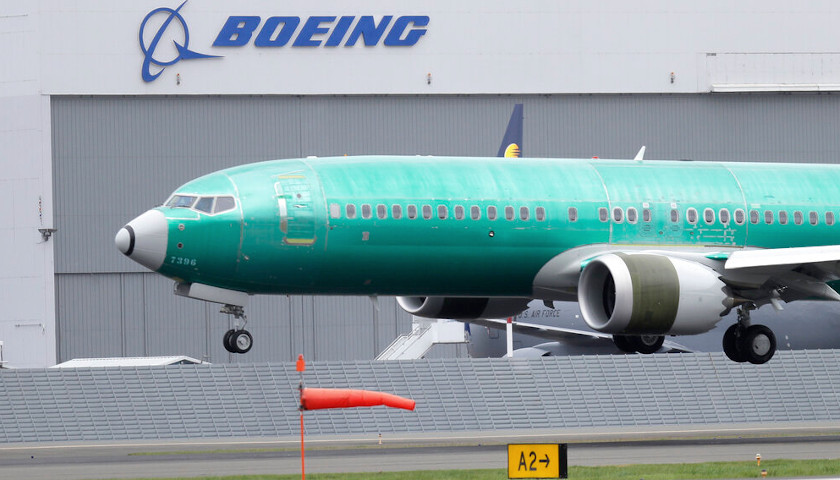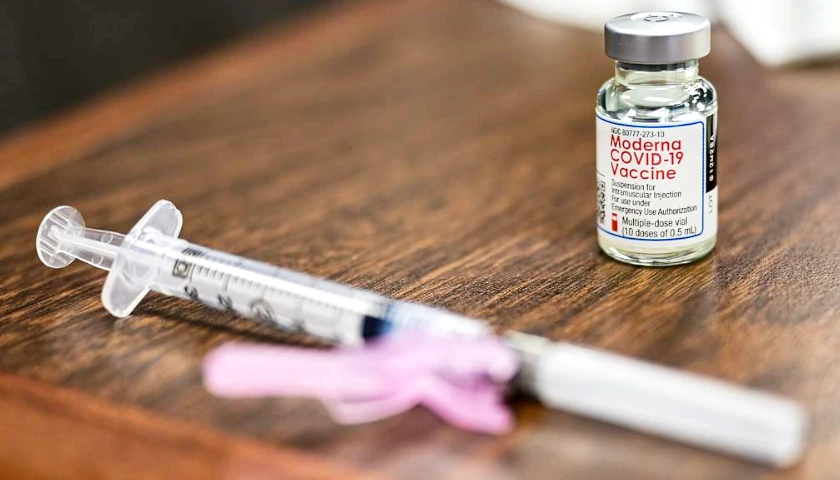by David Koenig
Boeing lost $2.4 billion in the second quarter and the company will slow production and cut more jobs as demand for commercial aircraft shrinks during the coronavirus pandemic.
The loss was far worse than Wall Street expected; so was the decline in revenue, which fell 25%.
“The reality is the pandemic’s impact on the aviation sector continues to be severe,” CEO David Calhoun said. He said airlines are delaying purchases, slowing down deliveries and deferring elective maintenance, “all of which affects our business and, ultimately, our bottom line.”
Calhoun said it will take around three years to return to 2019 passenger levels. On Tuesday, an airline industry trade group said air travel won’t recover to pre-pandemic levels until at least 2024, a year longer than its previous forecast. The International Air Transport Association cited the inability of the United States and developing countries to contain the coronavirus.
With interest from airlines in new planes fading, Boeing Co. said Wednesday it will slow its production of the 787 and 777 models and delay the introduction of a new big plane, the 777X, by a year until 2022. The company will study whether to close one of its two factories that make the 787; one is near Seattle, the other in South Carolina.
And Boeing will stop building the cargo-carrying version of its giant 747 in 2022, signaling the end of the line for the iconic jumbo jet.
The company pushed back the expected return of the troubled 737 Max, which has been grounded since March 2019 after two crashes that killed 346 people. Chief Financial Officer Greg Smith said Boeing now expects the Federal Aviation Administration to allow the company to resume Max deliveries in the fourth quarter, one quarter later than Boeing’s most recent estimate.
Boeing has 450 finished Max jets stacking up at various locations. Smith said it expects to deliver most of them by late next year – potentially a desperately needed source of cash for the aircraft builder.
The FAA has recently taken steps toward recertifying the plane, including having FAA pilots test Boeing fixes to the flight-control system implicated in the crashes.
“It’s nice and encouraging if they were to get recertification, but it doesn’t solve the problem of customer demand,” said Peter McNally, an analyst for business research firm Third Bridge. Major U.S. airlines reduced their plans to expand flying after the number of reported coronavirus infection spiked.
The company is still carrying out layoffs outlined in April, and Calhoun said Wednesday that the new round of production cutbacks “will take a toll on future employment” that wasn’t anticipated back in the spring.
“My guess is we will be in this mode at least through the end of the year and partly into first quarter of next year,” he said.
Boeing said about 19,000 employees will leave this year, including 6,000 who left by June 30. The Chicago-based company had 161,100 workers at the start of the year. Calhoun said the defense unit is hiring, and Boeing still expects a net workforce reduction of around 10%, or 16,000 people, by year-end.
So far this year, Boeing deliveries of new airliners are down 71%. Boeing recorded 59 orders, but also 382 cancellations, mostly for the troubled Max. Another 323 orders, also mostly for Max planes, were removed from Boeing’s backlog because of uncertainty about the deals going through.
Aircraft lessor AerCap said Wednesday that it canceled orders for 15 Max jets; it still has 80 on order.
The second quarter would have been worse for Boeing if not for its defense and space business, which depends on contracts with governments and has been largely insulated from the pandemic. Revenue in that business was flat with a year ago.
The pandemic has compounded Boeing’s problems, which began with the grounding of its 737 Max airliner in March 2019 after two crashes killed 346 people.
The company has been forced to lay off thousands of workers, cut spending and suspend its dividend and share buybacks. It also issued $25 billion in new debt on the private market, which avoided the need to take coronavirus-relief money from the federal government this spring.
The second-quarter loss included write-downs for production slowdowns, severance payments and temporary closures because of virus outbreaks in Boeing factories. It compared with a loss of $2.94 billion in the same quarter last year, when Boeing took a $5.6 billion charge to cover compensation it owes airlines for the Max grounding.
The company reported a loss per share, after special items, of $4.79. The average forecast of 20 analysts in a FactSet survey was a loss of $2.57 per share.
Revenue fell to $11.81 billion, down from $15.75 billion a year earlier. Analysts expected $12.95 billion, according to FactSet.
Boeing shares fell about 4% in afternoon trading. They were down 49% this year, compared with a gain of less than 1% for the S&P 500.
– – –
David Koenig is a reporter for The Associated Press.
About the Headline Photo: In this April 10, 2019, file photo a Boeing 737 MAX 8 airplane being built for India-based Jet Airways lands following a test flight at Boeing Field in Seattle. Boeing says it lost $2.40 billion in the second quarter, and it’s taking a more downbeat view about the airplane market because of the coronavirus outbreak. Boeing said Wednesday, July 29, 2020, it now expects the airline industry will take longer to recover from the pandemic, and that will limit aircraft sales. (AP Photo/Ted S. Warren, File)





